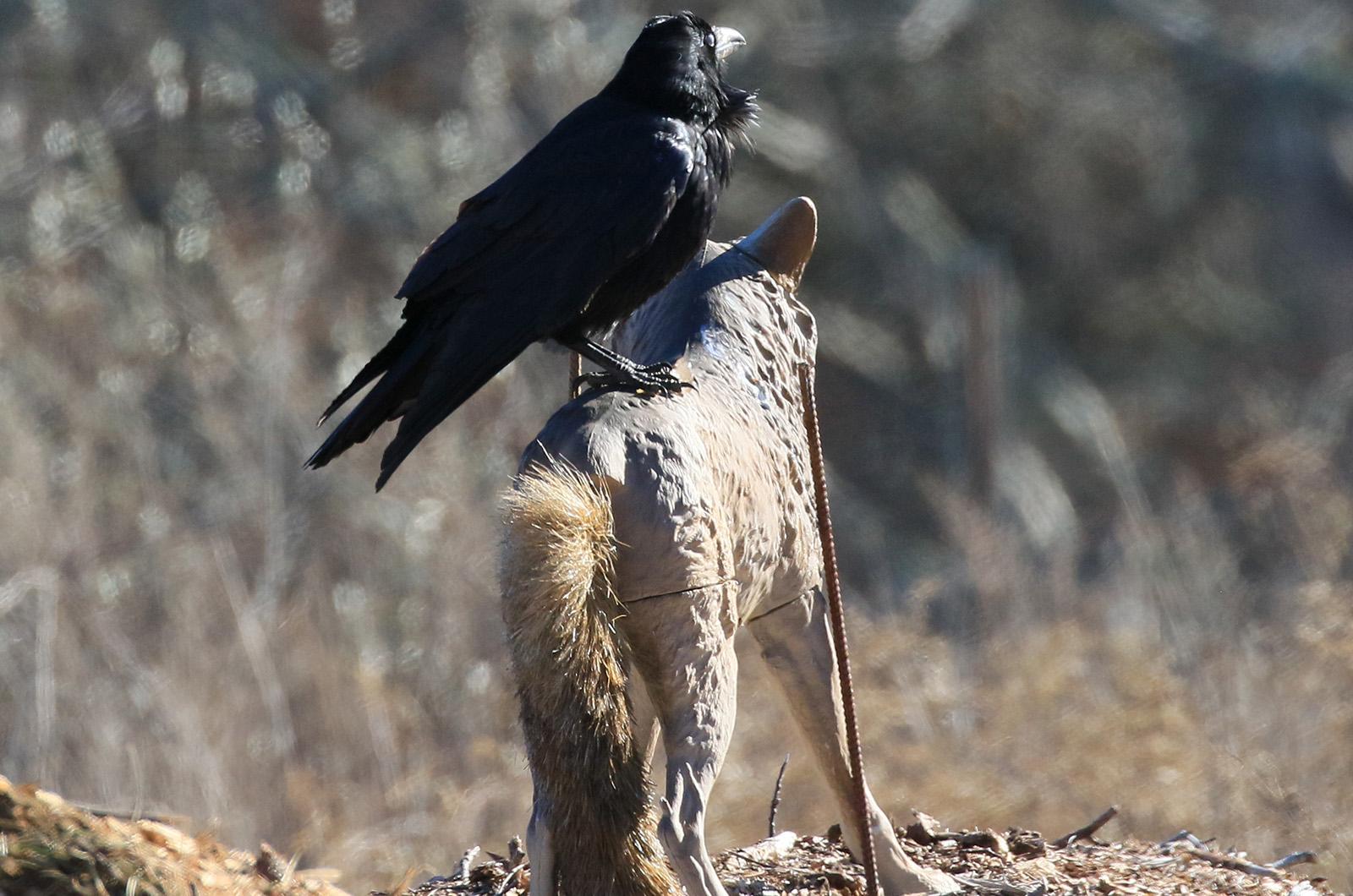There were skunks on the Vineyard before they were not skunks on the Vineyard, which was before there were again skunks on the Vineyard. Likewise, there were turkeys on the Vineyard before there were not turkeys on the Vineyard, which was before there were again turkeys on the Vineyard.
Foxes were on and off the Vineyard at least twice in history before their current status of being off the Vineyard. Their second iteration came after 1881, when a group of swells from New York led by a certain “Governor” Crosstown Cary realized that their planned fox hunt in Katama wouldn’t be much fun with no foxes left on the Island. (There were no swells from New York on the Vineyard before there were swells from New York, it’s worth noting.)
The swells released some number of red foxes on an August morning, loosed their dogs, doffed their caps, mounted their steeds, blew their horns, pounded over the plains all day long, and killed precisely one fox.
The rest went forth and multiplied. Rapidly. By the next decade the Island’s chicken lovers were demanding action from Boston and a bounty was levied. According to a remarkable article by James Dinneen that appeared in Martha’s Vineyard Magazine a few years back, “everyone who could handle a gun,” which in those days was practically everyone, took up the cause. None more so than one George Whitten Manter, who managed to kill hundreds of foxes. By 1911, the fox was again gone from the Island.
Now comes coyote, the wily trickster of Native American lore.
“They are here,” Dan Proulx told a captive Vineyard audience not long ago. Mr. Proulx is an animal control officer from off-Island with lots of coyote experience. (There were no animal control officers with coyote experience on the Island, but they are expected shortly.)
“If you don’t believe they are here then you are mistaken,” Mr. Proulx said.
Coyote have been on and off the Island for the past few decades, generally leaving only footprints and taking only craps. They swim here from the Elizabeth Islands and are mostly males, presumably kicked off that more exclusive archipelago by their more dominant aunts and uncles. The eventual establishment of a breeding population here is no laughing matter, especially if you are a free-range chicken, a feral turkey, a Norway rat or a lost lamb. But it is probably inevitable. And history suggests that calls for extermination are doomed to failure. If you don’t believe it, ask Roadrunner.
Mr. Dinneen’s report on coyotes (What’s For Lunch, Martha’s Vineyard, June 2020) recounts the spread of the species eastward from their original range west of the Mississippi, despite massive efforts over nearly a century to poison them. Literally millions of coyote were killed with strychnine and traps, and yet still they spread eastward. One reason is that coyote litter size responds inversely to population density: the more coyote you kill, the bigger the next litter will be, until some kind of equilibrium is reached.
Biologist Jonathan Way, who did his doctoral dissertation on the eastern coyote and “coywolves,” and is a leading expert on the animal in Massachusetts, told Mr. Dinneen the Vineyard has habitat for around 50 coyote. Or 10 packs.
True to its Native American trickster reputation, coyote holds up a kind of funhouse mirror to our notions of wilderness, wildness and the control of nature. Which is probably just as well, since the idea of “wilderness” is a something of a funhouse construction itself, invented in the 18th and 19th centuries to put a more romantic and slender veneer on the absence of the previous human inhabitants of the place, who had conveniently “disappeared” as if in a hall of mirrors. (Even though they had not, in fact, disappeared.)
Now coyote comes knocking at the door of the Vineyard’s pretty nature sanctuaries and tidy back yards, carrying with her a bit of wildness, not unlike the fire that one of the old origin stories tells us Coyote gave to humans in the first place.
“Welcome Pilgrim, help yourself to some tasty skunks and turkey poults,” say some. “And don’t forget the geese.”
“Johnny git your gun, before it’s too late,” others howl.
How we respond to coyote up to us, and may or may not produce the outcome we hope to achieve. But one message of the trickster, it seems to me, is that despite our best efforts we humans are not the only paying customers in the funhouse. There were likely coyote on the land that became the Vineyard before there weren’t coyote. There is fossil evidence of coyote-like animals in the region dating back to the Pleistocene era, when sea levels were much lower and the Island was just a couple of unremarkable ridges on the mainland.
But there weren’t many of them, for the same reason there weren’t many coyote anywhere else east of the Mississippi River. The top predator then, other than the ancestors of the Wampanoag and other original humans, were wolves. Wolves and panthers, both of which the trickster prefers to avoid at all costs.
Which suggests there may be one effective way to control coyote populations. But . . . never mind.
Paul Schneider lives in West Tisbury.




Comments (9)
Comments
Comment policy »